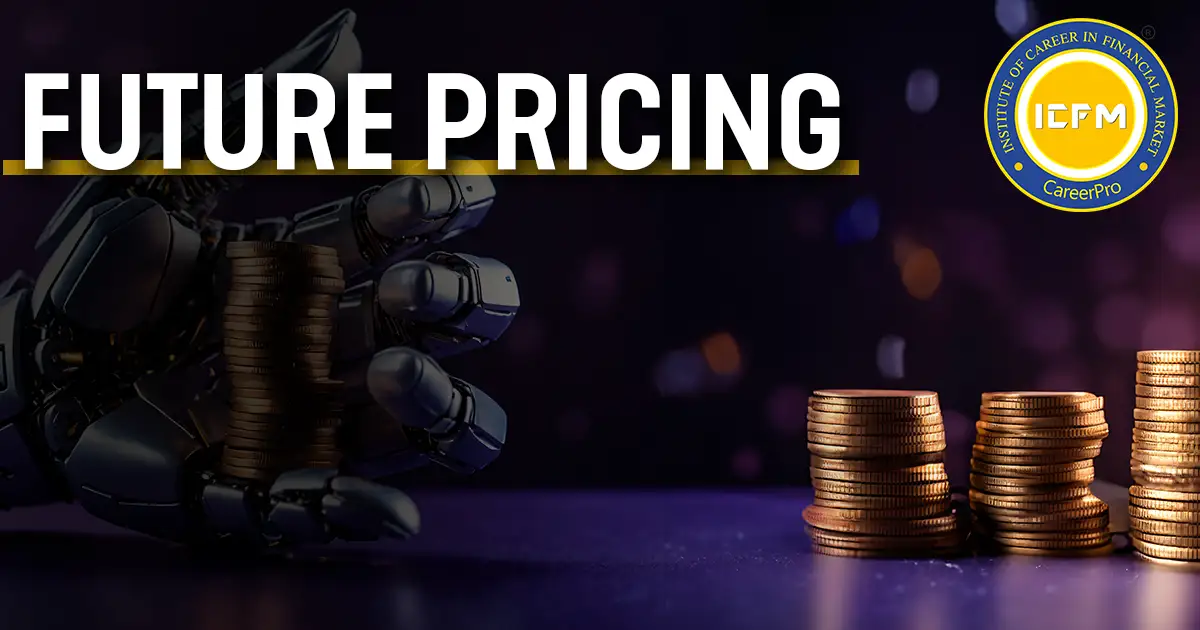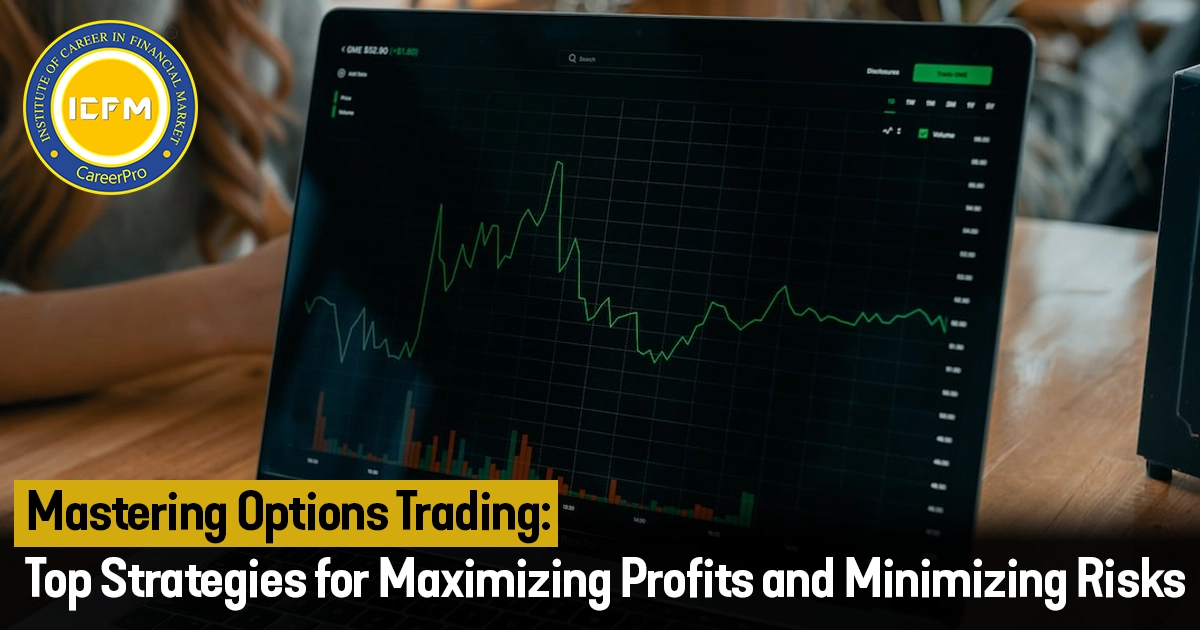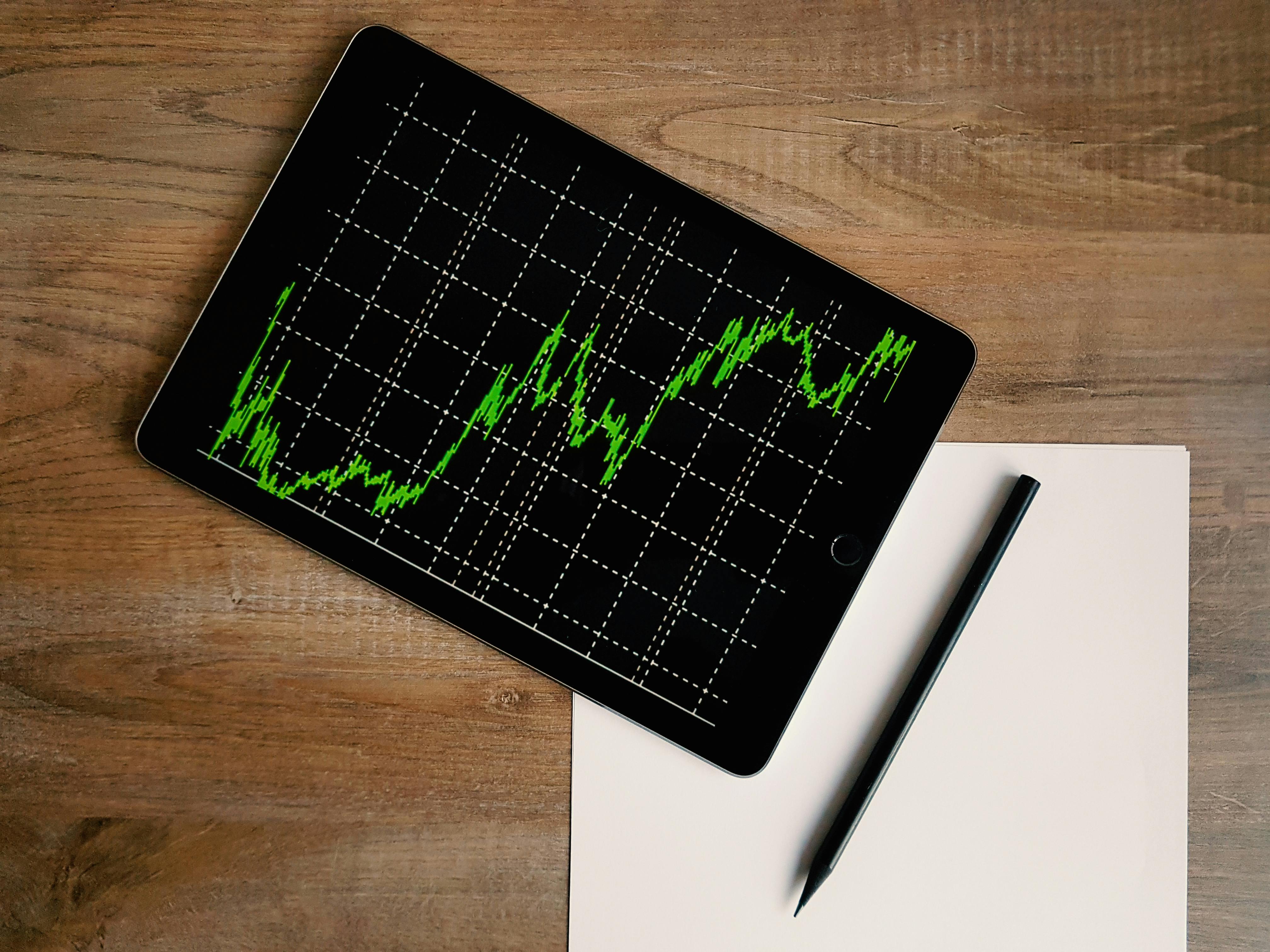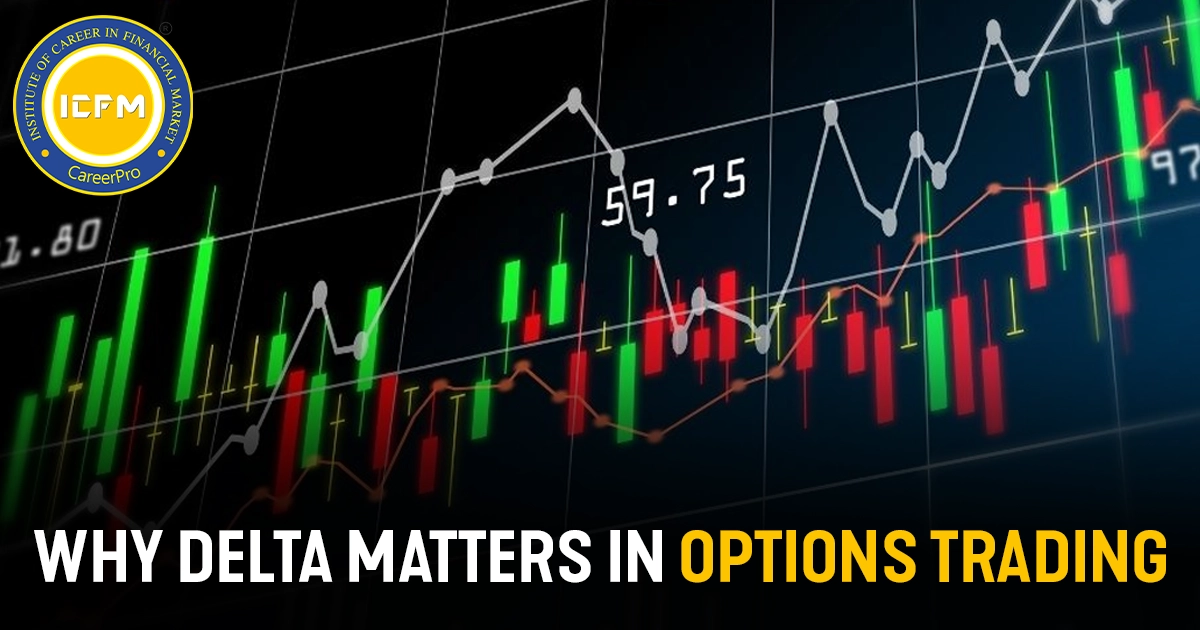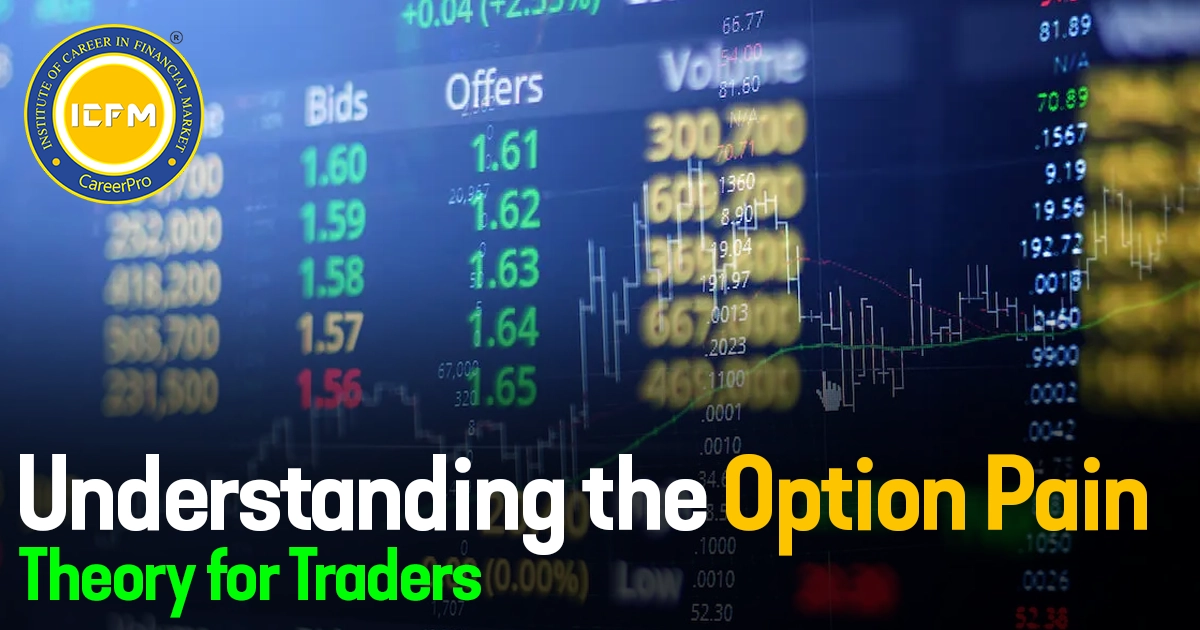Factors Influencing Futures Pricing: Beyond the Basics
The Pricing of futures contracts revolves around the relationship between the futures price and the spot price of the underlying asset. Despite moving in sync, these prices can differ due to factors like interest rates, dividends, time to expiry, and market expectations. Here's a breakdown:
Key Concepts:
1. Basis or Spread: This is the difference between the futures price and the spot price. For instance, if Stock XYZ trades at ₹3400 in the spot market and the futures contract for the same stock is priced at ₹3410, the basis is 10 points (3410- 3400).
2. Spot-Future Parity: The concept that describes the theoretical relationship between spot prices and futures prices, accounting for factors like interest rates and dividends.
Futures Pricing Formula The futures price can be calculated using the formula:
- Futures Price=Spot Price × ( 1 + rf × X/365 −d)
Where:
rf = Risk-free rate
d =Dividend
X =Number of days to expiry
For example:
- Spot price of XYZ Corp. = ₹2380.5
- Risk-free rate = 8.35%
- Days to expiry = 7
Futures Price=2380.5 × ( 1 + 8.35*7/365 ) − 0=2384.1
Pricing Models:
1. Cost of Carry Model:
- Assumes a perfect market with no arbitrage opportunities.
- Futures price = Spot price + (Carry Cost- Carry Return)
- Carry Cost includes storage and interest costs, while Carry Return involves dividends or other income.
2. Expectancy Model:
- Focuses on market expectations rather than the current spot price.
- If futures trade at a premium, it indicates expected price increases (Contango market); if at a discount, it suggests expected price decreases (Backwardation market).
Arbitrage Opportunities:
Arbitrage involves taking advantage of price differences between the spot and futures markets. For example, if XYZ Corp.’s spot price is ₹1280, and the futures price calculated using the formula is ₹1285.15, a trader might buy in one market and sell in another to profit from any discrepancies.
Conclusion:
Futures pricing is influenced by a blend of the current spot price, risk-free interest rates, dividends, and the cost of carrying the underlying asset. Understanding the pricing formula and these factors can help traders make informed decisions and identify arbitrage opportunities in the market.


